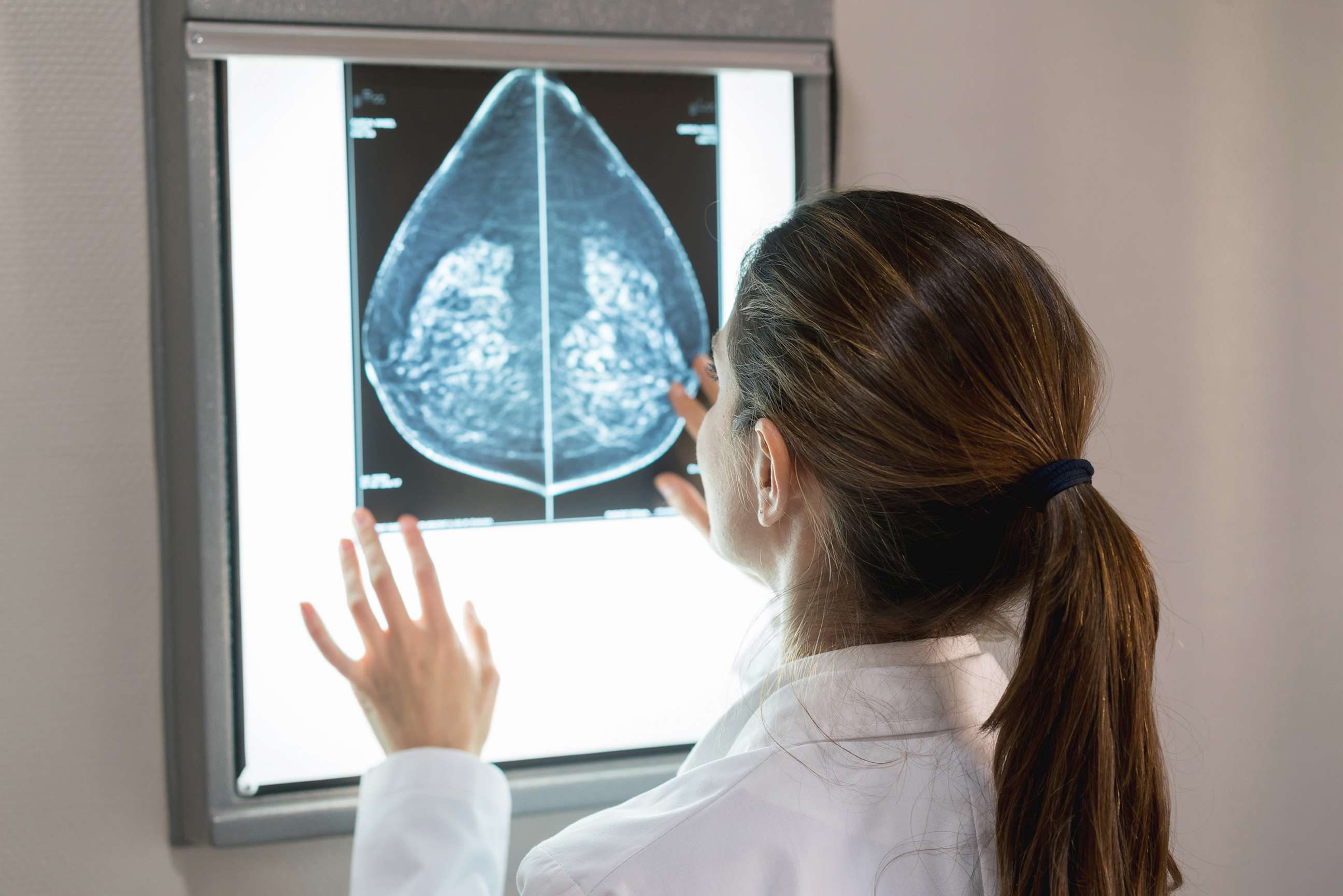A US panel believes An prominent task force in the United States recommended that regular mammograms be started earlier, at age 40, in order to screen for breast cancer. The committee recommended screening for women between the ages of 40 and 74 every other year.
The task group had previously stated that women could elect to begin screening for breast cancer as early as 40, while it was strongly advised that they begin the examinations every two years starting at age 50 and continuing until age 74.
The U.S. Preventive Services Task Force officially released a draft recommendation last year on Tuesday. The American Medical Association Journal issued the recommendations.
According to Dr. Therese Beavers of the MD Anderson Cancer Center in Houston, “it’s a win that they are now recognizing the benefits of screening women in their 40s.” She did not participate in the advice.

A US panel believes It may cause confusion, but Beavers noted that “now the starting age will align with what many other organizations are saying.” Other medical organizations, such as the American College of Radiology and the American Cancer Society, recommend mammograms annually, as opposed to every other year.
As treatment advances, the death rate from breast cancer has decreased. However, for American women, breast cancer remains the second most common cause of cancer-related death. About 240,000 cases are diagnosed annually and nearly 43,000 women die from breast cancer.
According to task force vice chair Dr. John Wong of Tufts Medical Center in Boston, the push for earlier screening is intended to address two troubling issues: the rising incidence of breast cancer among women in their 40s (it has increased by 2% annually since 2015) and the higher breast cancer death rate among Black women compared to White women.
A US panel believes “Sadly, we know all too well that Black women are 40% more likely to die from breast cancer than white women,” Wong stated. Early screening may benefit all women, but it may be “even more beneficial for women who are Black,” according to modeling research, he said.
Here are further facts about what has changed, why it matters, and who needs to be aware of it.
When ought I to get my initial mammography?
Mammograms should begin for women, transgender males, and nonbinary individuals at average risk at age 40. The updated guidelines state that they should have the X-ray examination every other year. Some organizations advise yearly mammograms, beginning around age 40 or 45.
Women who have already been diagnosed with breast cancer or who are genetically predisposed to having the disease should not follow this advice. It also doesn’t apply to women who had prior biopsies with a lesion or who received high-dose radiation therapy to the chest when they were younger.
And women 75 years of age and up?

A US panel believes Whether older women should continue having routine mammograms is unclear. The task panel is urging more study because studies including women 75 years of age and older are uncommon.
Beavers advises senior women to discuss the advantages of screening with their physicians in addition to potential risks, such as needless biopsies and false alarms.
What about ladies who have full breasts?
Women with dense breasts do not have as good of a mammogram experience, but they should still have the test.
The task group wants to see more data about further examinations, like MRIs or ultrasounds, for women with thick breasts. According to Wong, it’s unclear if those tests would be useful in identifying cancer at an earlier, more manageable stage.
Does this impact the coverage provided by insurance?
Congress has previously approved laws mandating that insurance cover women 40 years of age and above for mammograms without charging copays or deductibles. Furthermore, insurers must cover task force recommendations with a “A” or “B” letter grade under the Affordable Care Act. With a “B” grade, the mammography recommendation provides a moderate net benefit.
Article Source voanews


